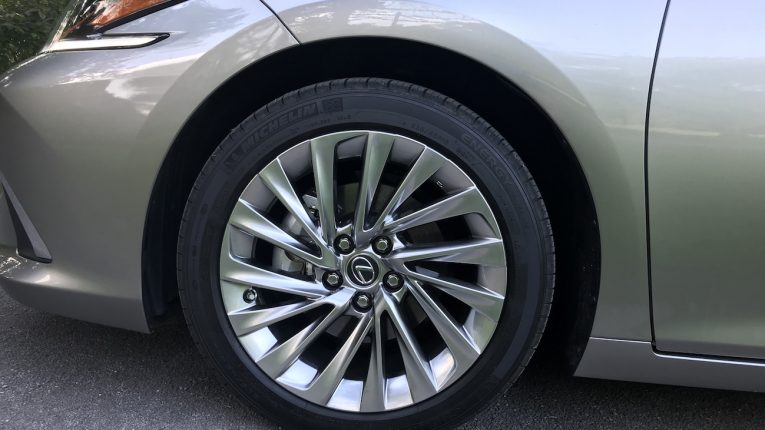
Braking Distances: Everything You Need To Know
The term “braking distance” is one with which most drivers will be familiar. The concept is simple: the braking distance is the distance required for a car to stop when traveling at a certain speed. It is recommended that, to be a safe driver, you observe the braking distance when traveling behind another vehicle.
However, braking distances have had a problem for a few years now: they seem incredibly excessive. For example, the recommended braking distance when traveling at 50 miles per hour on a dry road is 125 feet – a distance so great that it’s almost impossible to achieve on modern roads. The concept of braking distance has even been mocked by the TV show Top Gear in this notable segment:
Given the fact that braking distances seem to be so extreme, and there’s so much confusion surrounding the subject, it’s worth delving a little deeper into the concept to ascertain what is really required to ensure you’re driving as safely as possible.
Braking distance versus stopping distance
Firstly, let’s address a common confusion: braking distance and stopping distance are not the same thing. The terms are often used interchangeably, but they apply to two different behaviors:
- The braking distance is the time it takes, in terms of the physics of the vehicle, for a car to stop when traveling at a certain speed.
- The stopping distance incorporates driver thinking and reaction time as well as the physics of stopping the vehicle. In the 50mph example as given above, the braking distance is 125 ft, but the overall stopping distance (which includes time for the driver to identify the need to stop and react) is closer to 175 ft.
It’s important to understand the difference between braking and stopping distances when discussing this subject. We’ll be focusing on the braking distance alone, though it’s worth keeping in mind that everything we discuss does need the application of additional time (and distance) for the driver’s reaction, too.
Why do braking distances appear to be so excessive?
Most drivers will read that it takes 125 feet to stop a vehicle traveling at 50mph and think: “no it doesn’t”. Braking distances do appear to be unnecessarily long, which inevitably means that many drivers ignore the concept, and travel as close to the car in front as they see fit.
It’s therefore essential to understand that braking distances, when quoted, are a guide. This is especially important to keep in mind when considering the fact that many braking distances are calculated assuming a lightweight vehicle; this is problematic given that, as www.slate.com discuss, cars are getting heavier. Braking distances also assume that the vehicle doesn’t have modern innovations such as ABS, which can assist with braking speed and safety.
So should you ignore braking distances?
No: the consequences of doing so are too severe, and will likely result in an accident that requires the assistance of a car accident lawyer. The risks of not paying attention to braking distances are simply too high to disregard.”
In conclusion
While observing braking distances can be difficult when the roads are congested, and there is some argument to suggest modern cars don’t need as much time to stop as is often quoted, it’s still best to do what you can to stay well clear of the vehicle in front.


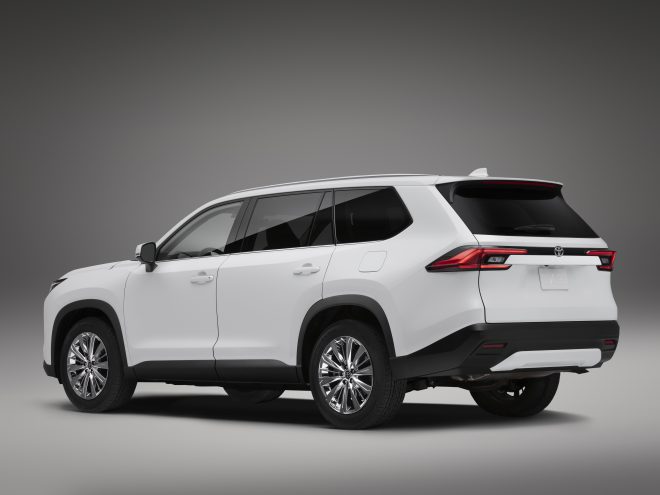
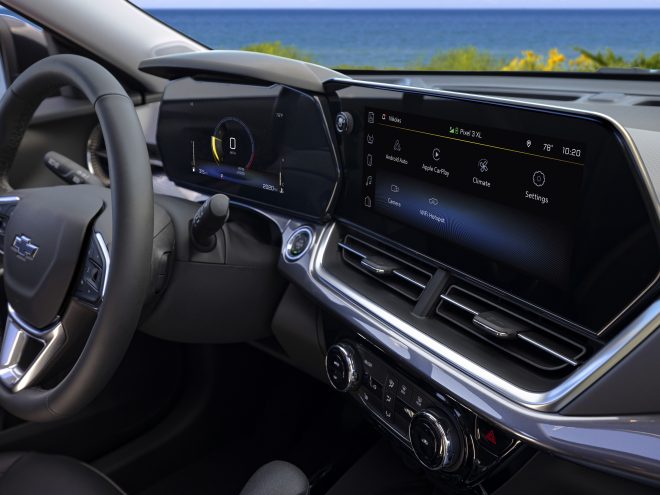
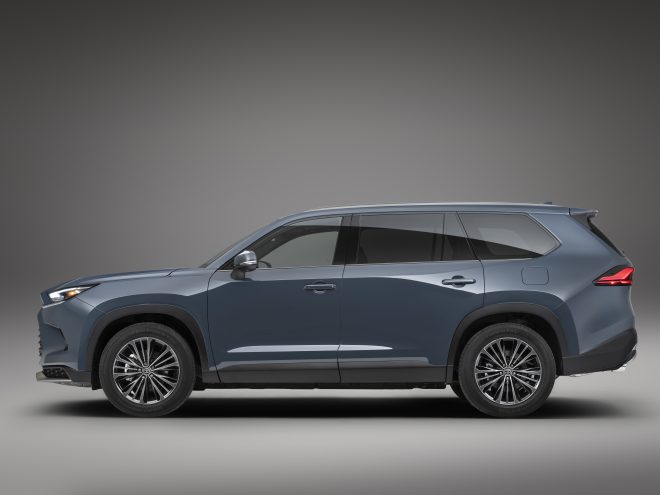
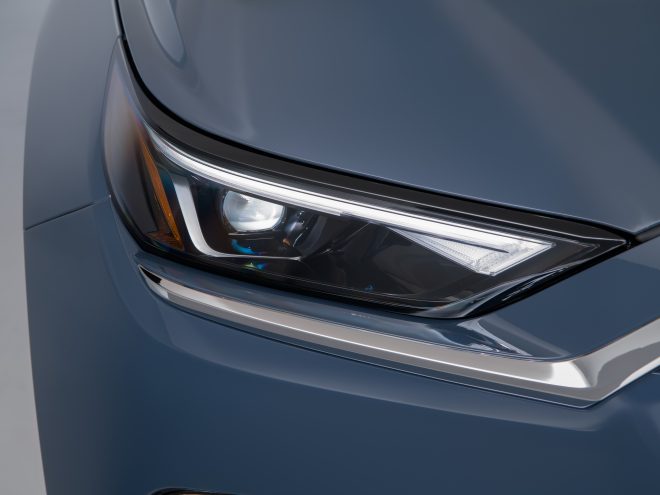




Sin lugar a dudas las llantas o frenos en mal estado, las luces dañadas o sin funcionar, algún líquido derramándose y otros elementos mecánicos de un vehículo que estén rotos o dañados pueden constituir una causa de accidente grave. Para evitarlo, recuerda realizar constante mantenimiento a tu carro, no solo se trata de llenar el tanque de gasolina y arrancar, hay detalles que debes revisar, que te evitarán accidentes.
https://abogadosdeaccidentesahora.com/locaciones/abogados-de-accidentes-en-huntington-park/abogado-de-accidente-de-carro-en-huntington-park/